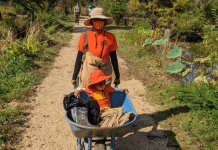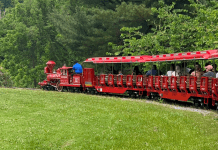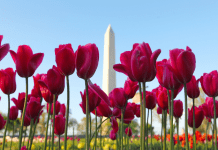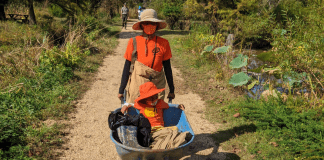The thoughts presented in the water conservation with kids article are the writer’s and do not represent views of the organizations they are employed in. Please note that with COVID-19, not all of these suggestions can be done right now, but you can bookmark this article for when circumstances change!
Each day around the world, many mothers around the world recognize the importance of water in our daily lives. Mothers can play an important role in encouraging our little ones to be better stewards of water, as water is a critical resource on Earth.
In honor of International Water Day, we wanted to share a few ideas about how to encourage our kiddos to think about the importance of water and how to have more conversations in our homes to change our family’s relationship with water.
 Talk about water and water conservation often!
Talk about water and water conservation often!
We often underestimate the importance and the power of water. Water is a powerful element and while readily available in our community, it’s far scarcer in other communities. To encourage a discussion at home, look for and share any interesting statistics about water. Here are a few that we use with our preschooler:
- Most of the Earth’s (70+%) surface is covered in water.
- Most of our bodies (almost 70%) are made up of water.
- The average American wastes about 80 gallons of water a day at home. You can save empty milk jugs and illustrate the point of avoiding water waste.
Explain greywater and brainstorm ways to save water (and money)
Greywater is “gently used water from your bathroom sinks, showers, tubs, and washing machines.” While greywater may look a bit grey (dirty), in many situations, it can be used as a great source to water non-edible vegetation outside and save on your water bill!
Go on a fun outing to a home improvement store and check out toilet flush handles together. Lots of options exist for tiny hands to help with conserving water in the bathroom.
Encourage kids to turn off the faucet after they’ve wet their tooth brush. Each minute of savings in water and money counts.
When out and about especially during travel, point out differences and signage related to water conservation.
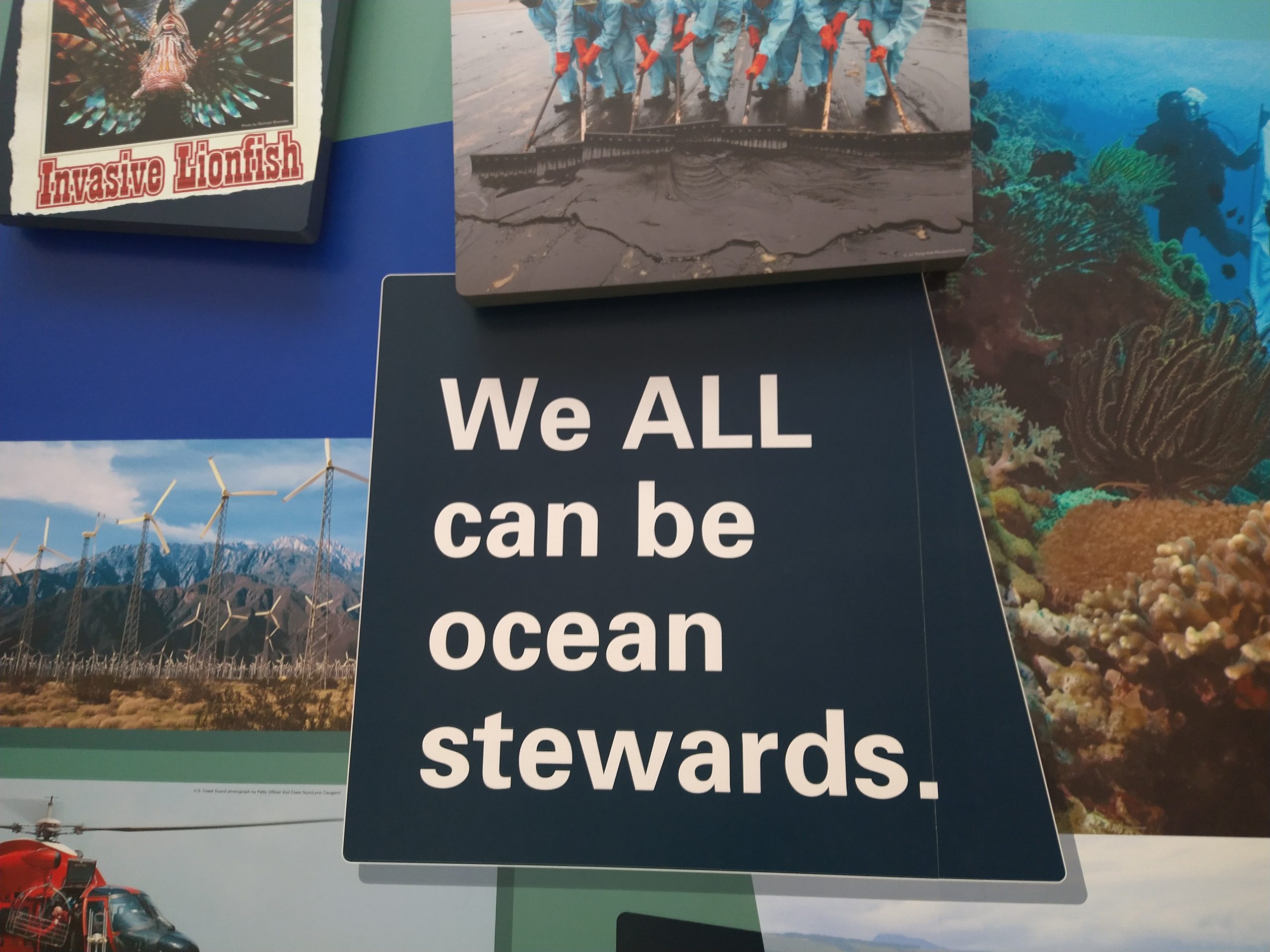 Entertainment counts as another educational tool in the toolbox
Entertainment counts as another educational tool in the toolbox
If you’re comfortable with some screentime, lots of interesting resources exist to explain the importance of water in age-appropriate formats. (There’s something about cartoons encouraging better water use habits over moms.) Lots of multimedia resources exist and you’d be surprised by how much they can learn.
Our favorite resources
- Rachel Coleman created songs and videos about the importance of water while teaching kids ASL. Check out her songs on H2O and In the Water.
- TedEd has interesting vignettes too. A quick search will yield lots of options.
- Dr. Binocs is a recent favorite in our household with tons of topics related to water.
- Carry a trash bag (preferably a compostable one) with gloves to pick up pollution near water bodies. My daughter and I often see far too much plastic pollution near lakes and rivers.
- Take a free canoe with Green Boats of Anacostia Watershed Society. In complimentary canoes, you with your child can volunteer and paddle around looking for waste. Sadly, there’s a lot of waste – we’ve found large teddy bears and even shoes in the process. Sign up for their newsletter to get notices about their next green boat event.
- DC WASA has a visitor center too. They hope to have tours again (60-90 minutes) in the near future, so stay tuned.
- Visit the Smithsonian’s Natural History Museum. It has phenomenal exhibits on water and it’s a great way to reinforce the discussion.
It’s hard as busy moms, but we can play our part as we teach water conservation with kids. We too want to preserve the Earth for our little ones and theirs to come. Let’s start the conversation now and encourage more action, starting in our homes.
About the Guest Author
Seema Thomas is a mom of a busy preschooler. She was born in the District and raised in four counties in the DMV. She spends her free time planning interesting (and hopefully, fun!) activities for her little urban explorer. Follow her on twitter at @SeemaPThomas or check out her previous guest article.



